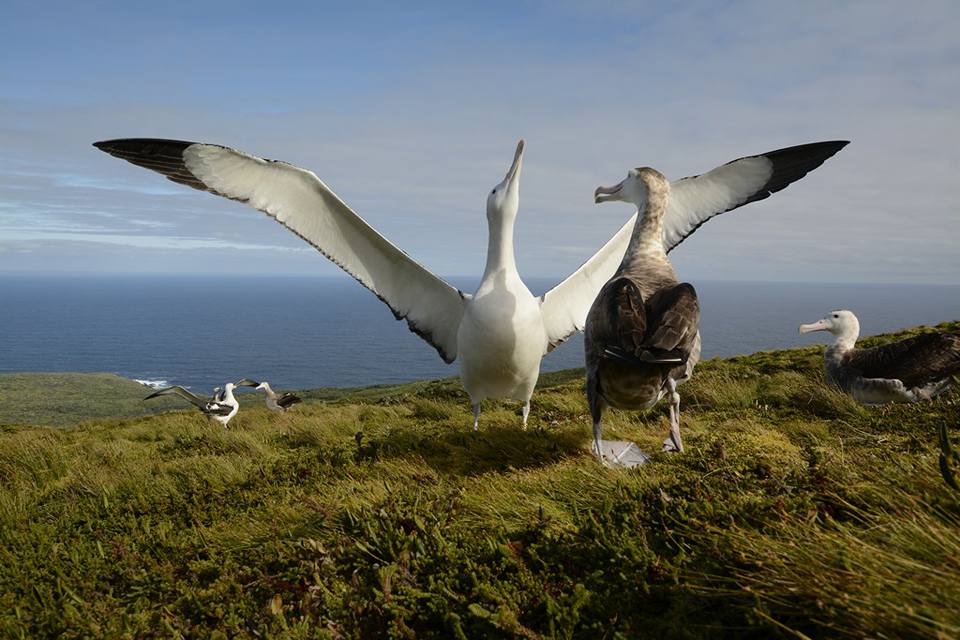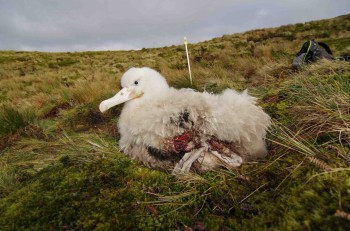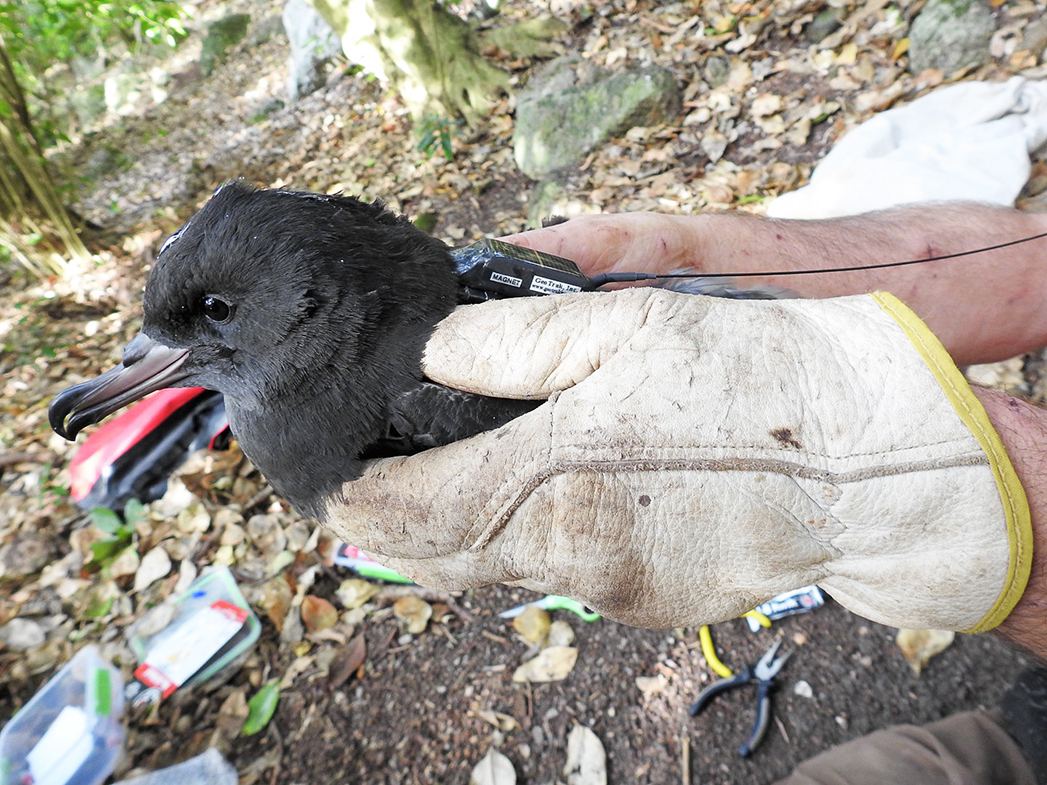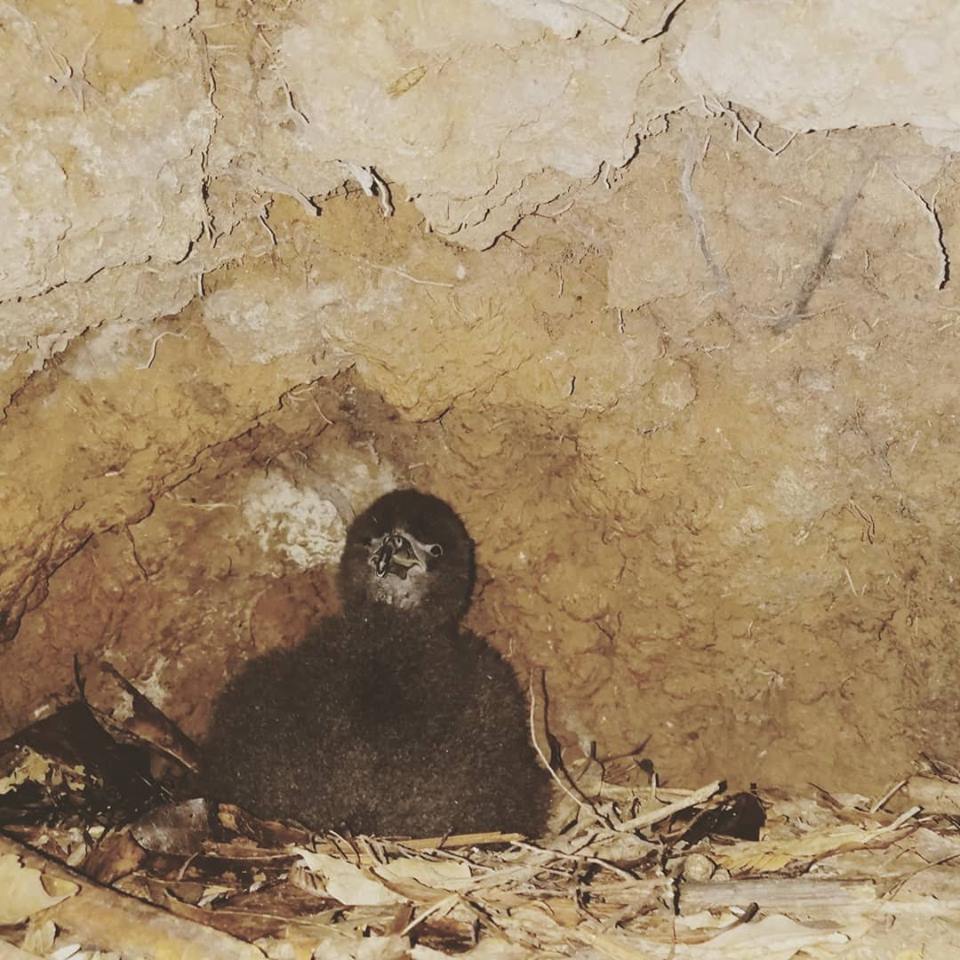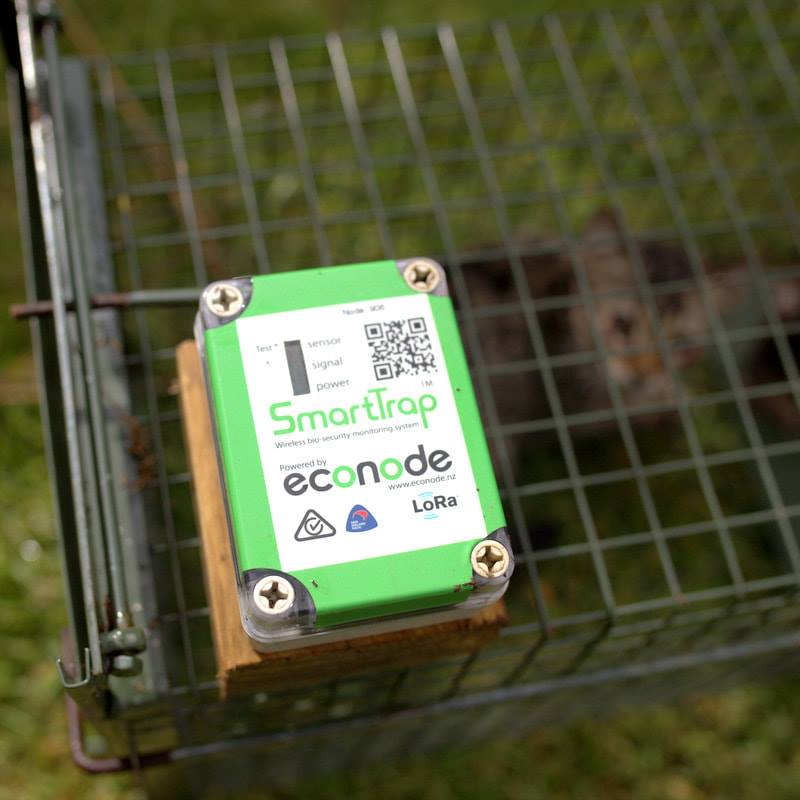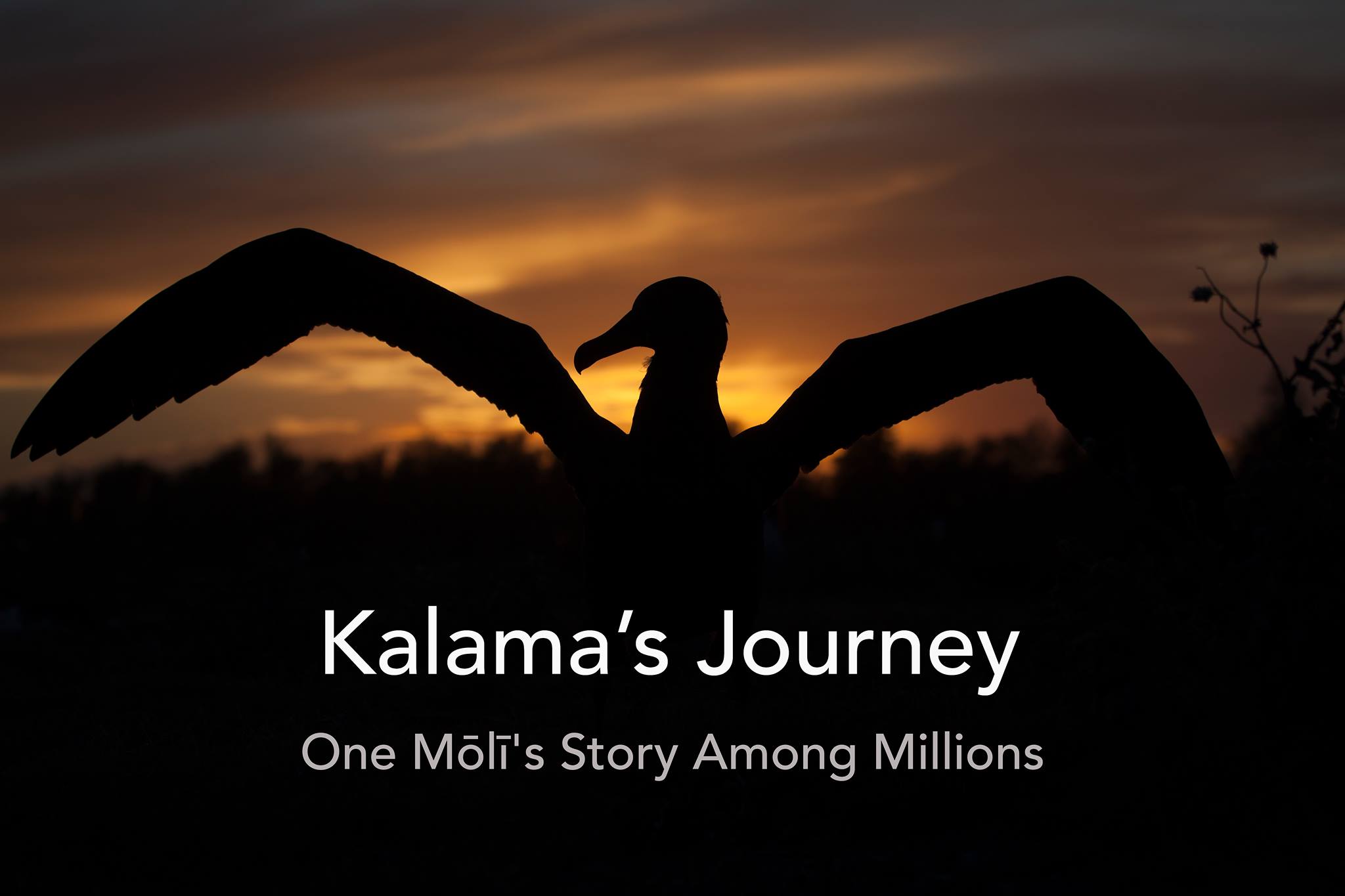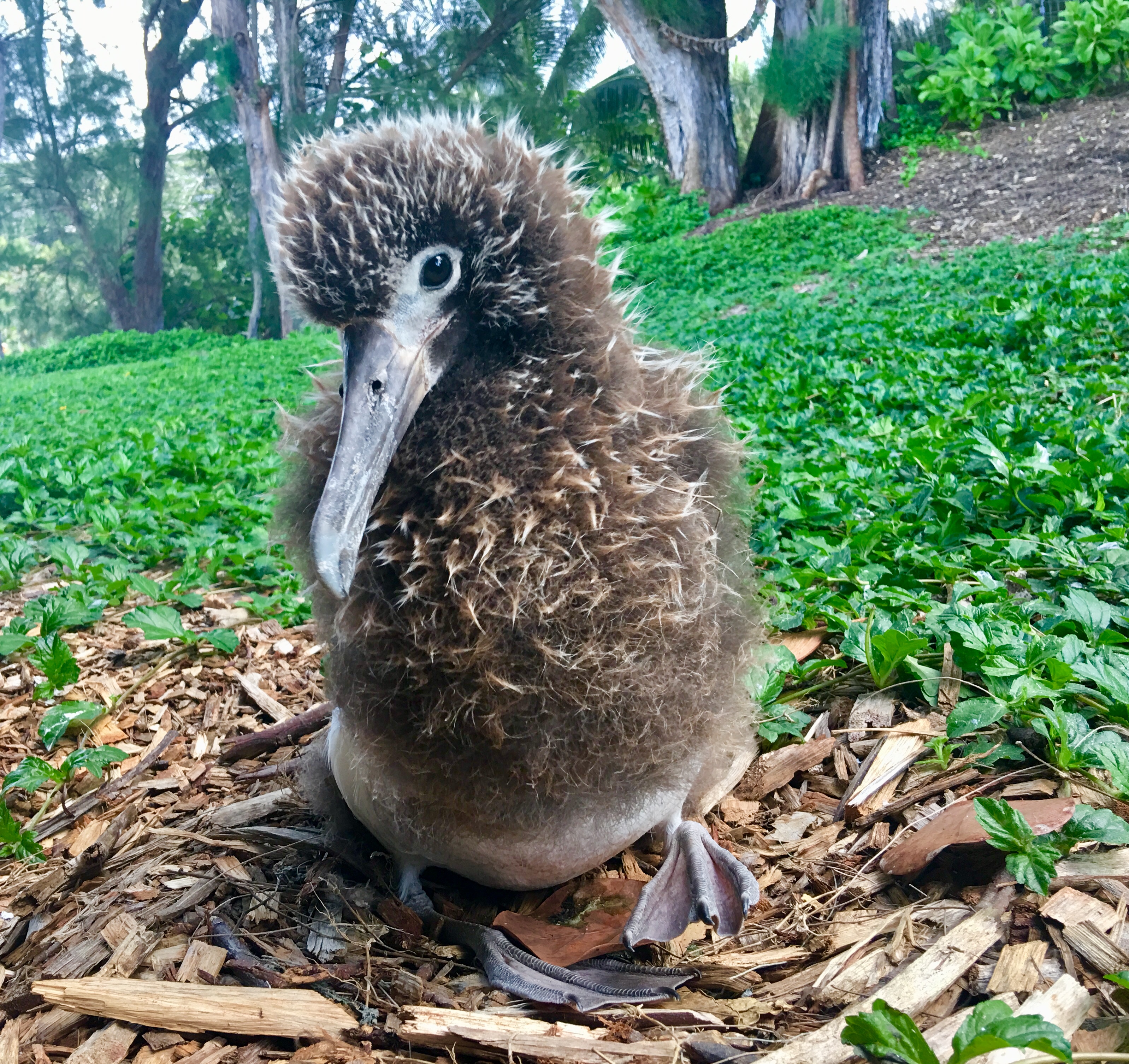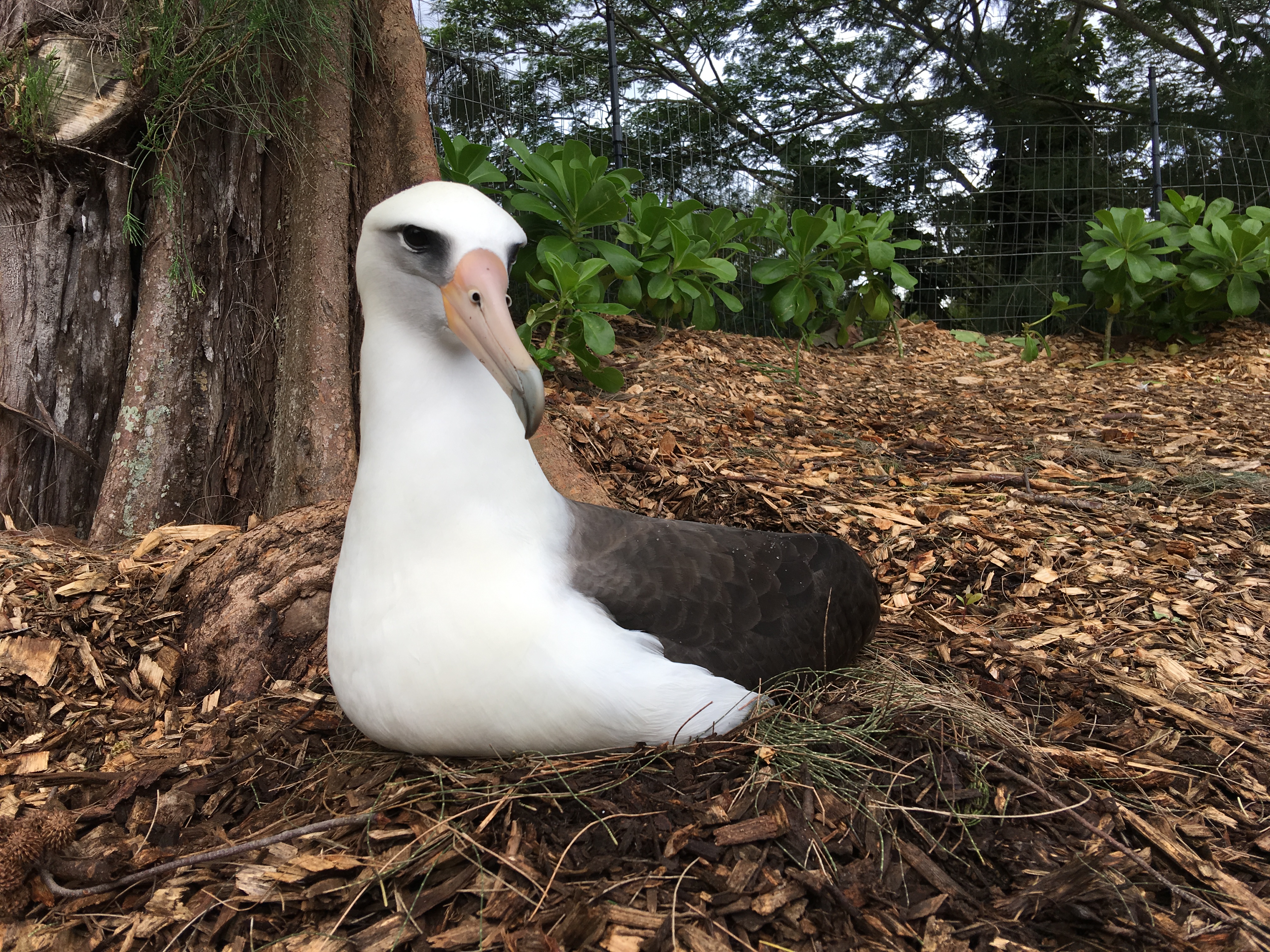Saskia Wischnewski (School of Biological, Earth and Environmental Sciences, University College Cork, Ireland) and colleagues have published in the journal Animal Behaviour on foraging strategy choice by Manx Shearwaters Puffinus puffinus feeding their young.
The paper’s abstract follows:
“Parental care can lead to a conflict of interest between parents and offspring. For central place foragers, conflict is expected to be particularly intensive in species that feed on relatively inaccessible, distant food resources. Some pelagic seabirds use distinct foraging strategies when provisioning young versus self-feeding: short trips near the colony versus long trips far away. Limited empirical evidence suggests that the strategy used by parents depends on their own state and that of their young, suggesting that dynamic optimization may help reduce conflict. Tests of this hypothesis, however, are scarce. Using a combination of GPS tracking and nest monitoring, we examined whether foraging strategy choice by Manx shearwaters, Puffinus puffinus, is explained by the body condition of parents and offspring before trip departure, and whether choice affects condition upon return. When chick body condition was poor prior to departure, subsequent foraging trips by adults were significantly shorter and faster, and chick condition upon return improved. When chick condition was good prior to departure, the reverse happened. There was no evidence that adult condition affected subsequent trip choice, but adults returning from slow, long-duration trips were in comparatively better condition. Thus, although the trips that were good for offspring were different to those that were favourable for adults, trip choice was only dependent on chick condition, which may explain why there was no evidence for a trade-off between adult and chick condition during individual trips. Our results suggest that spatiotemporal variation in foraging strategies is driven by the conflicting needs of parents and offspring, but that the parents can reduce the conflict, resulting in no detectable trade-off under these conditions. This link between parental care and space use is likely to be widespread in central place foragers but remains largely unexplored in most systems.”

Manx Shearwater, photograph by Nathan Fletcher
Reference:
Wischnewski, S., Arneill, G.E., Bennison, A.W., Dillan, E., Poupart, T.A., Hinde, C.A., Jessopp, M.J. & Quinn, J.L. 2019. Variation in foraging strategies over a large spatial scale reduces parent–offspring conflict in Manx shearwaters. Animal Behaviour 151: 165-176.
John Cooper, ACAP Information Officer, 05 June 2019

 English
English  Français
Français  Español
Español 